Directed by Trey Edward Shults, ‘It Comes at Night’ is set against the backdrop of a post-apocalyptic world ravaged by an unnamed threat. The narrative centers around a family secluded in a desolate house in the woods. Their seemingly secure existence is disrupted when another desperate family, seeking refuge, enters their lives. Tensions rise as the two families navigate the fine line between self-preservation and communal survival.
Shults’ slow-burn horror masterfully crafts an atmosphere of unrelenting suspense, utilizing minimalistic yet haunting visuals and a foreboding score. The film’s strength lies in its ambiguity, leaving us grappling with the uncertainty of the external threat and the internal anxieties that plague the characters. As trust unravels and fear takes hold, ‘It Comes at Night’ becomes a harrowing exploration of paranoia, existential dread, and the darkness that resides within. Few films exploit suspense and suggestive tricks like ‘It Comes at Night’ to create an artful experience of psychological horror.
8. The Lodge (2019)
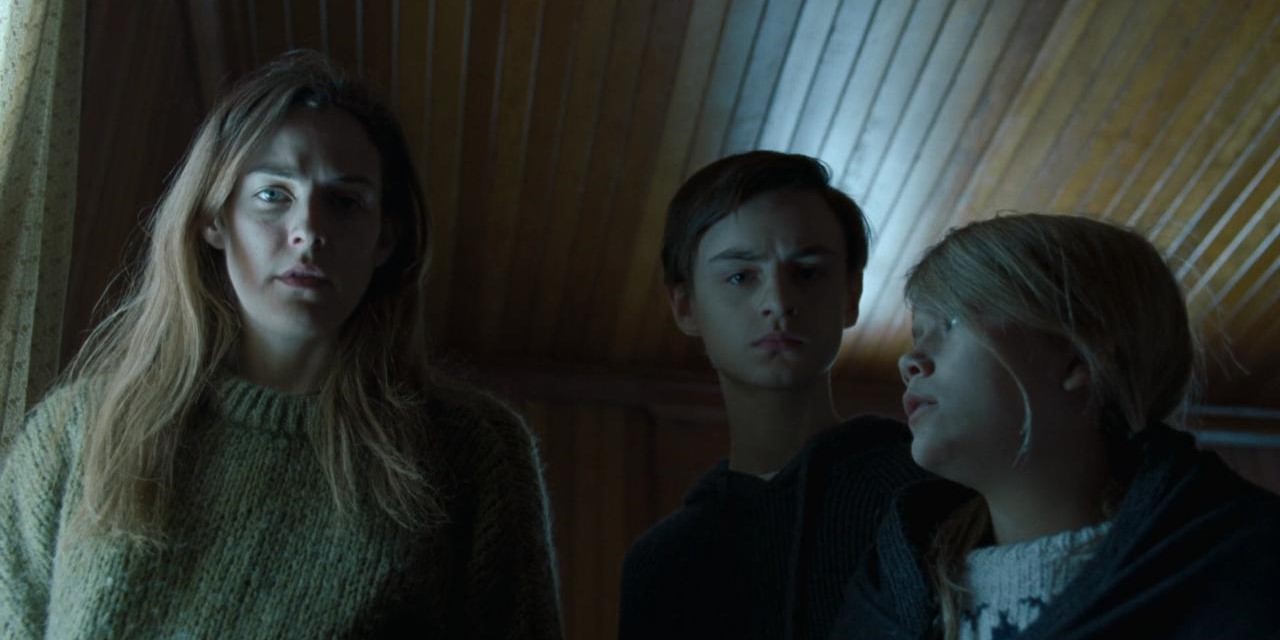
With directors Severin Fiala and Veronika Franz at the helm, ‘The Lodge’ introduces us to Grace, who, alongside her fiancé’s children, finds herself isolated in a lodge by a snowstorm. As the relative strangers begin to warm up to one another, Grace’s sinister past involving a religious cult comes back to haunt them.
Much like ‘It Comes at Night,’ the film deftly manipulates the environment, utilizing the desolate lodge and harsh survival conditions to amplify the psychological strain on the characters. Both films transcend typical horror conventions, delving into trauma, and paranoia, propelling us into a psychological labyrinth,
7. Session 9 (2001)
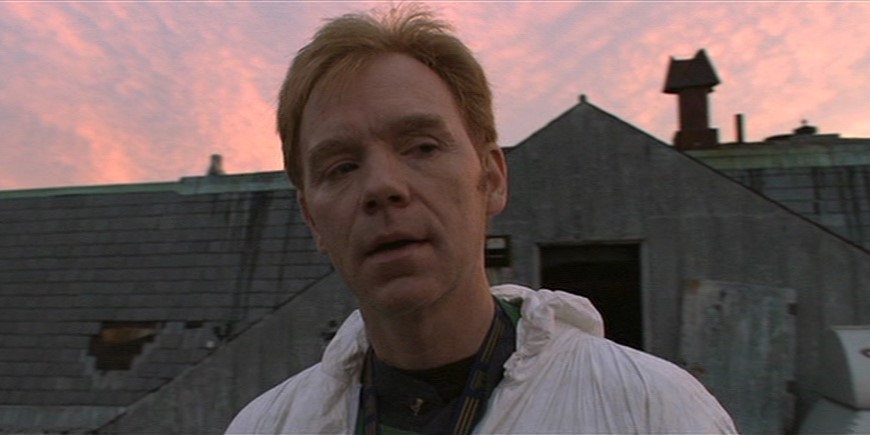
With Brad Anderson in the director’s chair, ‘Session 9’ plunges us into the unsettling depths of an abandoned mental institution. Asbestos abatement crew, led by Gordon Fleming undertakes the ominous task of cleaning the decaying psychiatric facility. The oppressive atmosphere and the eerie history of the institution begin to take a toll on the crew’s mental states. A series of chilling psychiatric sessions on audiotapes are discovered, unveiling the harrowing tale of a patient named Mary Hobbes.
As Gordon becomes increasingly obsessed with the recordings, the line between reality and hallucination blurs. The asylum’s dark past merges with the crew’s own demons, leading to a gripping descent into psychological horror reminiscent of ‘It Comes at Night.’ Both films craft an atmosphere of dread, utilizing the unnerving setting as a character in itself, amplifying the palpable psychological tension.
6. The Night House (2020)
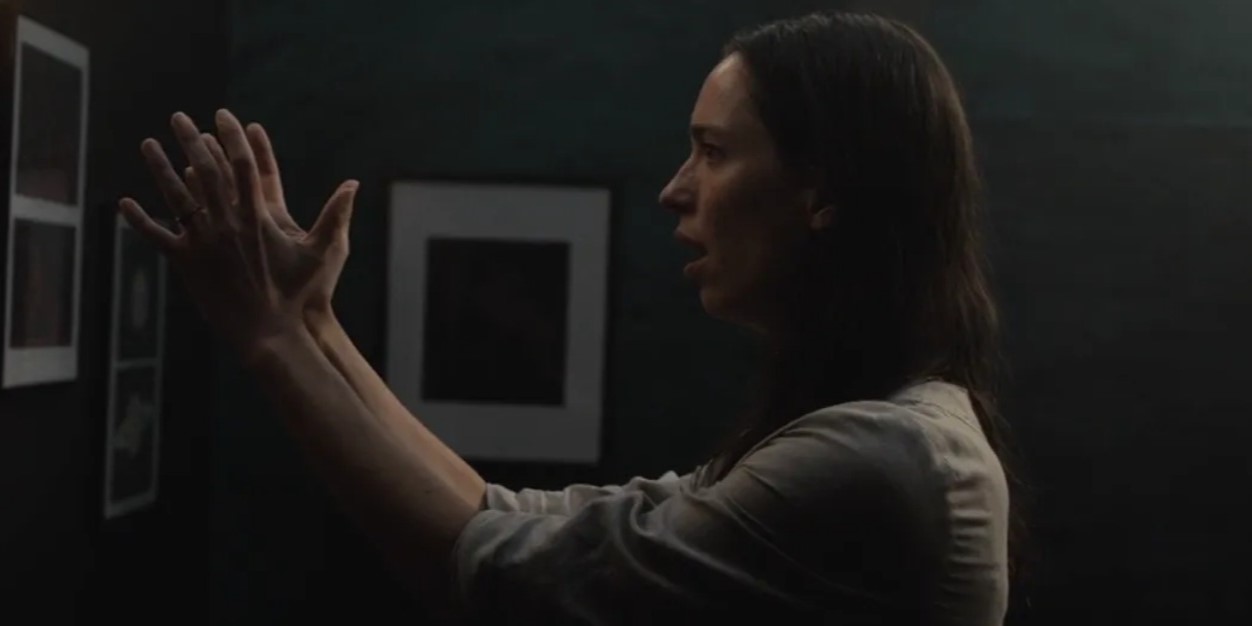
‘The Night House,’ directed by David Bruckner, merges the boundaries between reality and the supernatural blur into a chilling narrative. Beth grapples with the sudden and mysterious death of her husband, Owen. Left alone in their lakeside home, she discovers unsettling secrets in the house, leading her on a haunting journey into her husband’s enigmatic past.
As Beth delves into the occult and confronts the spectral presence in the house, the film takes unexpected twists, challenging the our perceptions. Using the architecture of the lake house to amplify the psychological tension, ‘The Night House’ matches Shults’ film in the creation of atmospheric psychological horror, delivering a bone-chilling experience.
5. The Babadook (2014)
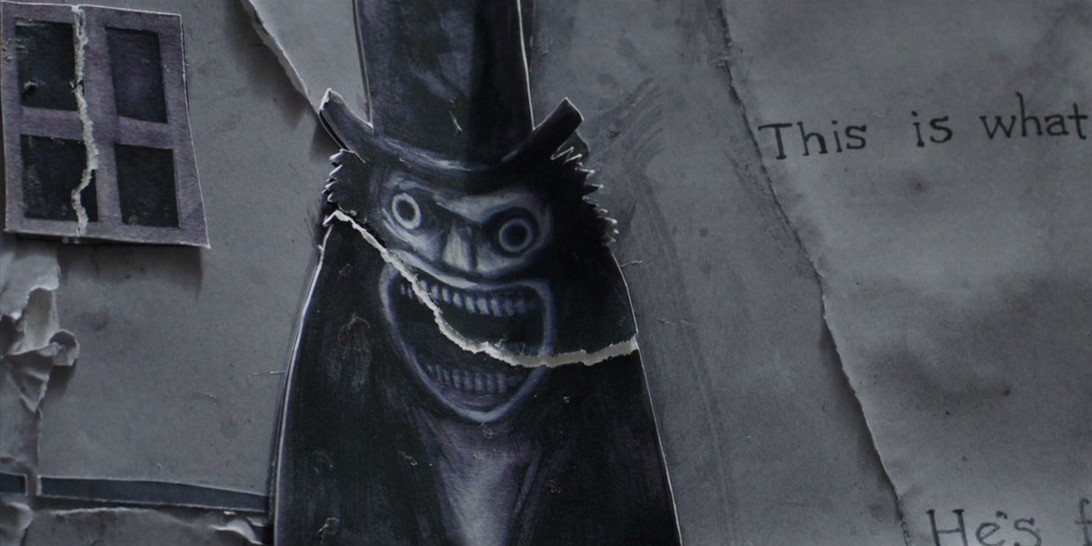
Helmed by Jennifer Kent, ‘The Babadook’ centers around Amelia, a grieving widow and single mother, and her son Samuel, whose fear of a certain monster becomes increasingly pervasive. As a mysterious pop-up book titled “The Babadook” appears in their home, the line between reality and supernatural terror blurs.
The picture book displays morbid illustrations that begin to come true, seemingly caused by a terrifying creature stretching out of the shadows. The titular character, the Babadook, becomes a metaphorical embodiment of Amelia’s unresolved sorrow and Samuel’s abject terror. ‘It Comes at Night’ and ‘The Babadook’ showcase a brand of psychological horror that transcends conventional scare tactics. While the latter also emphasizes the psychological disintegration of its characters, it features a nightmarish presence sorely lacking in the former.
4. The Lighthouse (2019)
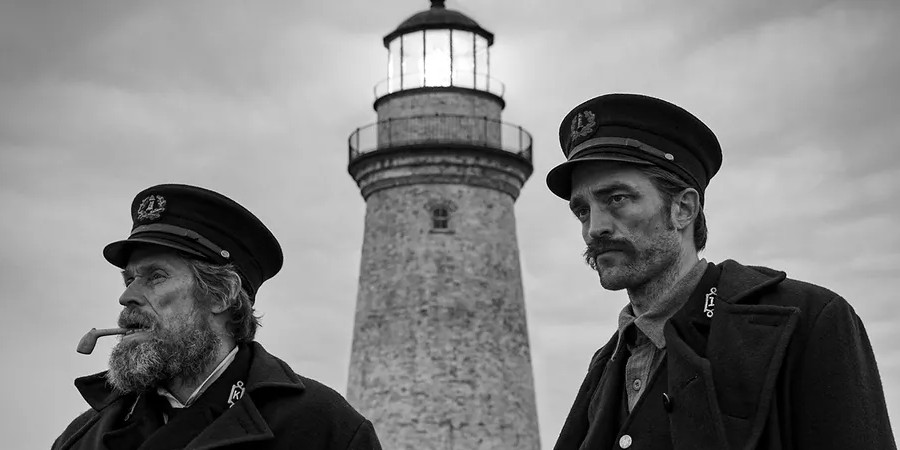
A Robert Eggers directorial, ‘The Lighthouse’ is a surreal and atmospheric psychological horror film that immerses us in the isolated world of two lighthouse keepers, Ephraim Winslow (Robert Pattinson) and Thomas Wake (Willem Dafoe), who are tasked with maintaining the titular lighthouse. As the days pass, the isolation and harsh conditions take a toll on their sanity. The relationship between Winslow and Wake shifts from camaraderie to power struggle, mirroring the tumultuous sea outside.
Amidst the routine of maintenance tasks and bouts of heavy drinking, the lighthouse itself becomes an enigmatic and foreboding presence, seemingly holding secrets that elude comprehension. If you liked the slow-burn horror and psychological suspense of ‘ It Comes at Night,’ ‘The Lighthouse’ delivers a masterclass in the genre. Its simple premise gradually boils into a gripping and visually striking exploration of the human mind in the throes of isolation and madness.
3. It Follows (2014)
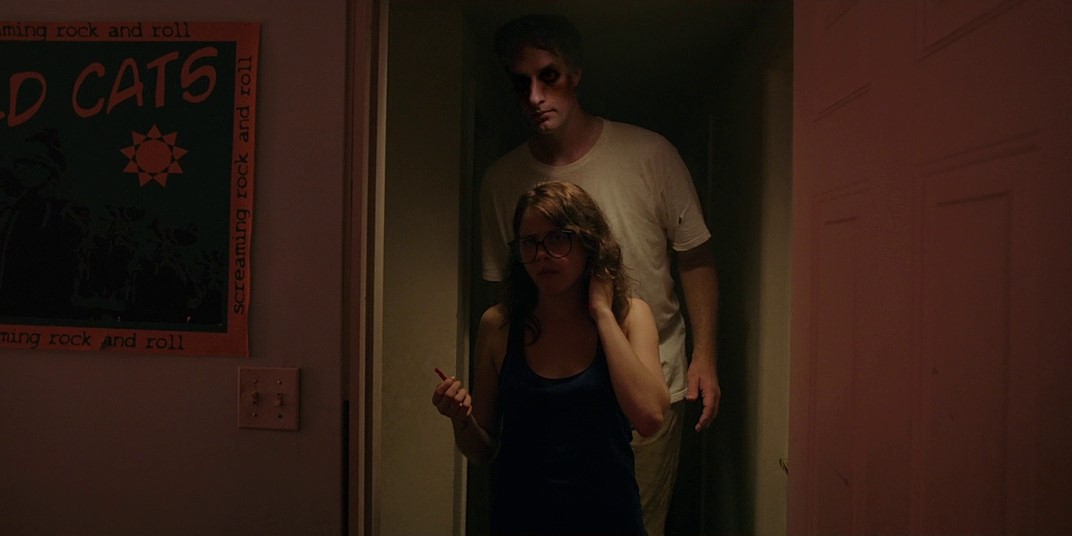
Directed by David Robert Mitchell, ‘It Follows’ is a standout horror film that merges psychological tension with a unique and unsettling premise. The narrative revolves around Jay, a young woman whose seemingly innocent sexual encounter takes a nightmarish turn. She discovers that a malevolent entity is now relentlessly following her, visible only to those who have been afflicted through sexual contact. The entity is capable of taking various human forms, adding to the unnerving uncertainty of its methodical pursuit.
Those who were titillated by the paranoia and dread at the possibility of a deadly presence in ‘It Comes at Night,’ will find themselves enthralled by the nerve-wracking horror of ‘It Follows,’ whose very deadly presence comes at any time.
2. Take Shelter (2011)
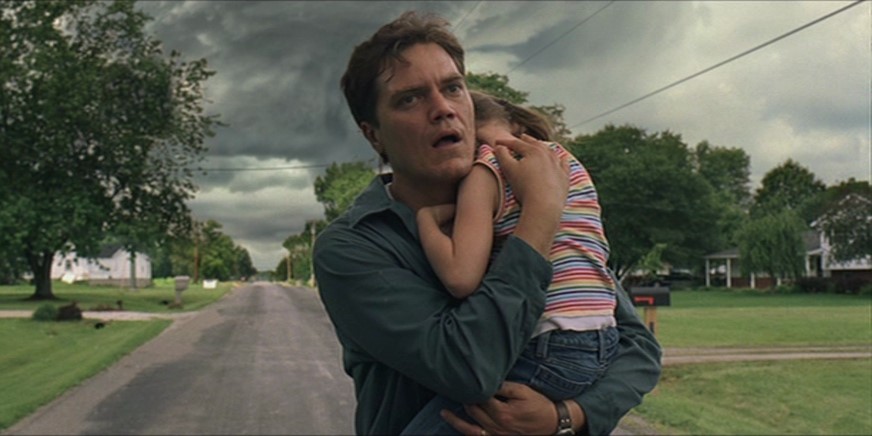
Director Jeff Nichols beckons us to explore the thin line between paranoia and insanity in ‘Take Shelter.’ Curtis LaForche (Michael Shannon) is a husband and father plagued by apocalyptic nightmares of an encroaching storm that terrify him to the core. As the visions intensify, manifesting in broad daylight, he becomes obsessed with building a storm shelter in anticipation of an impending disaster.
The film intricately weaves a narrative that blurs the boundaries between reality and delusion. Michael Shannon’s powerhouse performance captures Curtis’s internal struggle, portraying a man torn between protecting his family and the fear of succumbing to inherited mental illness. Like ‘It Comes at Night,’ ‘Take Shelter’ relies on a methodically created atmosphere to deliver a tense psychological thriller. They find further common ground in an uncertain threat at the very edge of the characters’ perception, exacting a terrible mental toll on them.
1. The Wailing (2016)
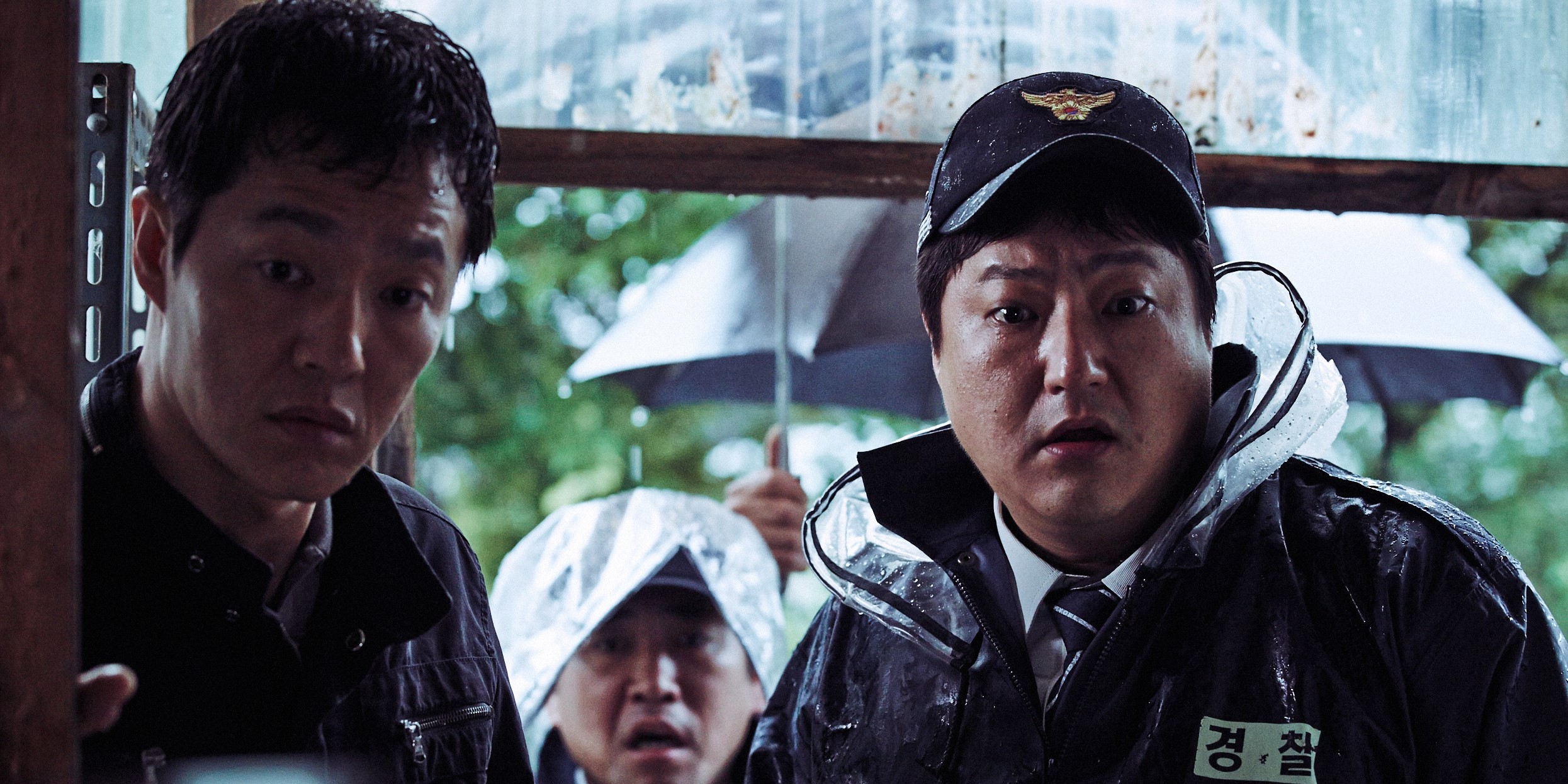
Helmed by Na Hong-jin, ‘The Wailing’ revolves around a small village gripped by a series of gruesome murders and a mysterious illness that drives its victims into violent madness. Jong-goo, a bumbling police officer, finds himself entangled in the supernatural events plaguing the community. A mysterious stranger from Japan is suspected of being connected to these calamities, with rumors circulating that he practices shamanic rituals.
As the horror intensifies, Jong-goo’s own daughter falls victim to the inexplicable malady. Desperation grips him, leading him to seek the help of a shaman, but the lines between ally and antagonist become increasingly blurred. ‘The Wailing’ creates a sense of impending doom similar to ‘It Comes at Night.’ The illnesses seen in the films bear some resemblance, along with their subplots of mystery and paranoia. The film’s atmospheric tension and visceral imagery end up contributing to a cinematic experience that is both chilling and enthralling.
Read More: It Comes at Night: Is the Horror Film Inspired by Real Events?

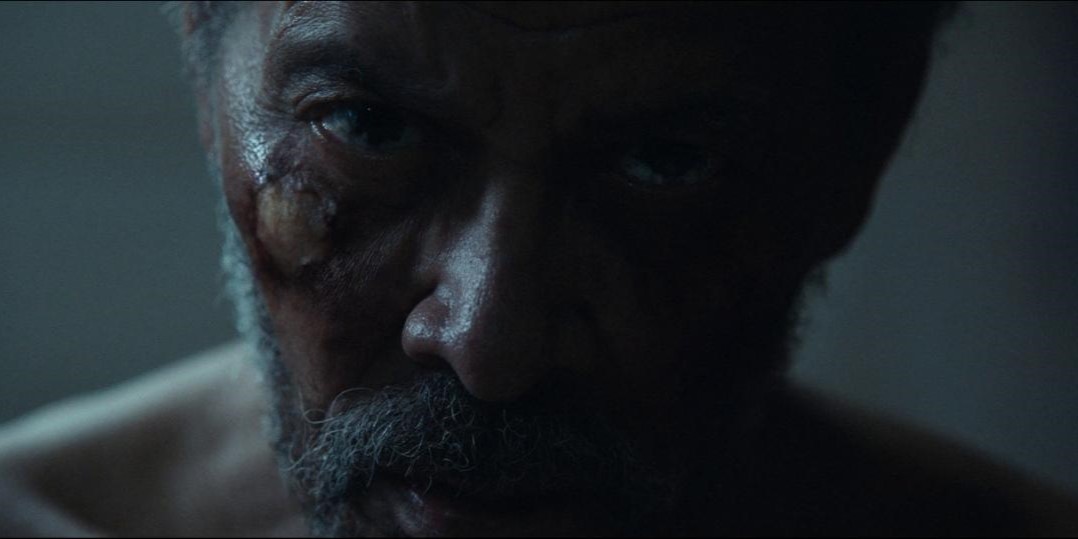
You must be logged in to post a comment.